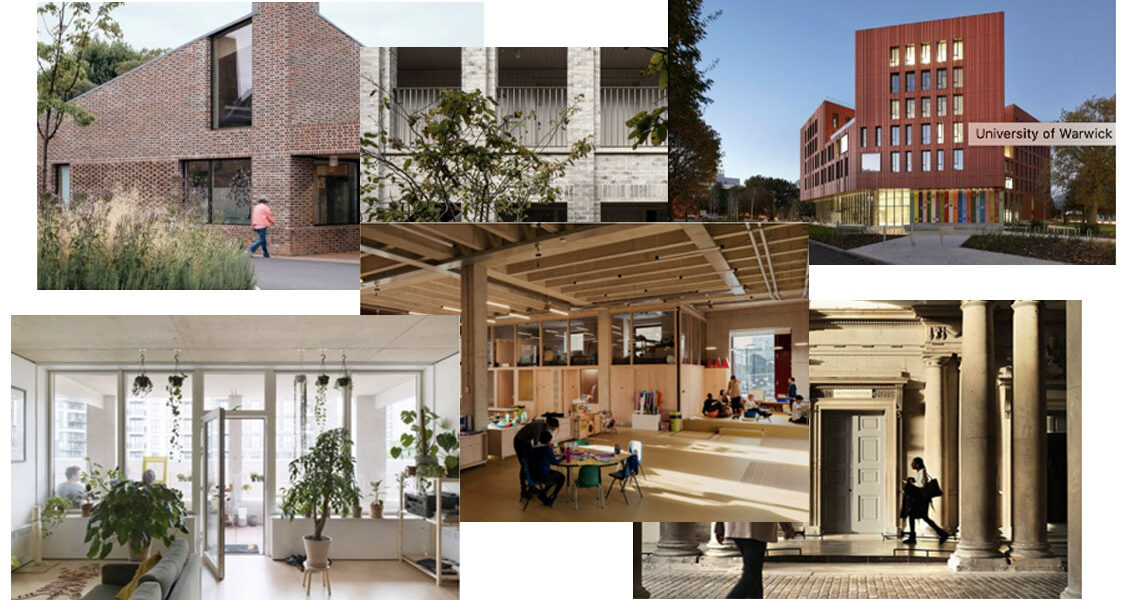October 30, 2023 / By rachel
Reflecting on the 2023 RIBA Stirling Prize – London-Centric?
With the annual RIBA’s Stirling Prize being touted as representing the “UK’s best new building,” it is little wonder that the unveiling of the shortlist has the architectural world abuzz. Understandably so, winning this prestigious award can propel a practice into the pages of every architectural, and many mainstream, publications, almost guaranteeing an influx of lucrative commissions.
Emerging from this year’s impressive shortlist of remarkable structures, the winner, the John Morden Centre by Mæ, was chosen for the way the design’s intuitive flow encourages social interaction between the elderly residents, actively combating isolation and loneliness.
The full shortlist, with links to details of each, is;
- A House for Artists, Apparata Architects
- Central Somers Town Community Facilities and Housing, Adam Khan Architects
- Courtauld Connects, The Courtauld Institute of Art, Witherford Watson Mann Architects
- John Morden Centre, Mæ
- Lavender Hill Courtyard Housing, Sergion Bates architects
- University of Warwick Faculty of Arts, Feilden Clegg Bradley Studios
How has the industry reacted?
In the RRA offices, whilst support for the winner as the best of the shortlist ran high, the discussion focussed less on the winning attributes, instead quickly turning to the lack of regional diversity of the nominations. The RIBA has long been accused of focussing almost entirely on industry within the southeast, mainly the Greater London area. In response, the RIBA has done … well, not much at all to combat this perception.
Take this year’s shortlist, five of the six buildings are located in London. Moreover, the jury was predominantly London based. Looking back over the last decade, eight of the ten winners were from the South. Inevitably this raises concerns about whether the RIBA, an internationally recognised and respected body, is a genuine representation of the architectural brilliance outside the boundaries of the capital.
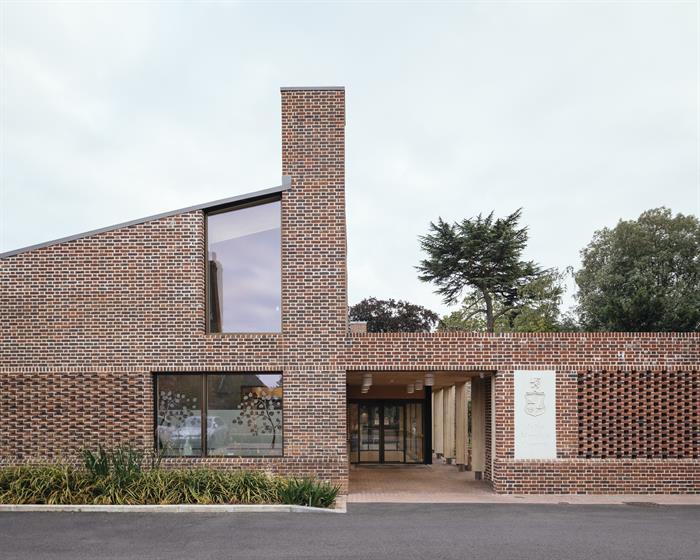
In the words of the RRA team:
“Whilst this year’s nominations are all good designs, it is frustrating to see another year with strong bias towards the South-East. That said, it is reassuring to see a project that focusses on the needs of the older generation receiving the accolade it deserves and providing a flagship for later-life living and care.
Perhaps next year we could see a greater balance showcasing the architectural talent available throughout the UK – perhaps projects of leaner budget and /or show investment in deprived areas?”
Pete Nickols BA (Hons) Arch MCIAT, Associate, RRA Architects
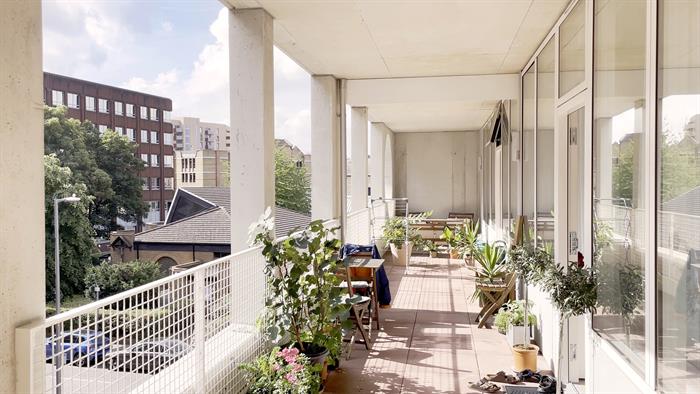
“The ‘range’ of buildings has given a clear idea of what you can use bricks for when in London.
The criteria appears to focus on aesthetics over everything and further weight should be given for sustainable design, the positive impact it has on the street and introducing new green spaces. For example, the ‘A House For Artists’ has a fairly plain concrete façade facing the street.
Out of the six shortlisted, I believe the right winner was picked due to its sensitive use of materials , focus on outdoor green spaces and the design of a shared internal street promoting interaction between potentially isolated residents.”
Thomas Bale BSc (Hons) MArch, Project Designer, RRA Architects
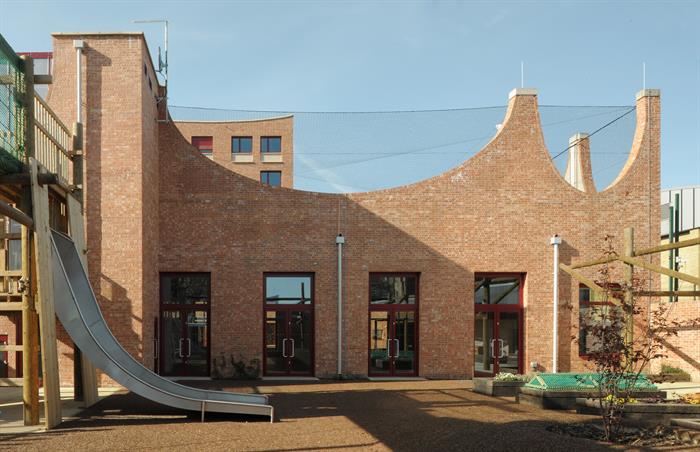
“Whilst it’s interesting to note that all but one of the buildings shortlisted were from in and around London, the John Morden Centre is a worthy winner from a strong set of shortlisted buildings that looks to provide vital resources for some of the most vulnerable in society.”
Ryan Birch Part 1 Architectural Assistant, RRA Architects
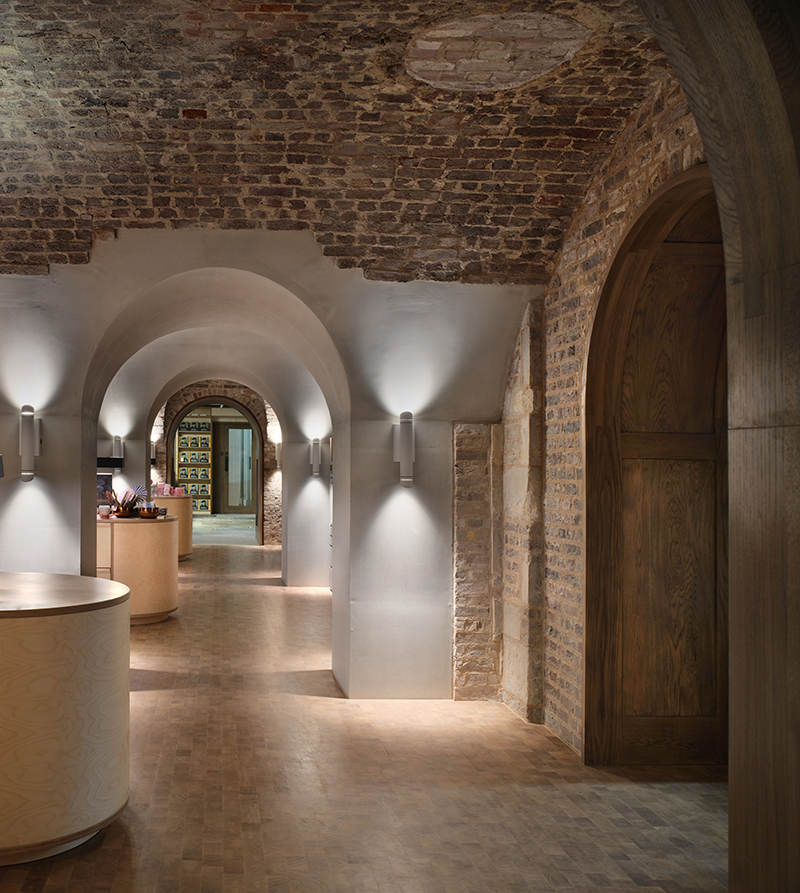
“The RIBA Stirling Prize winner, John Morden Centre, showcases the best of British architecture and highlights the importance of weaving the natural surroundings into a building to improve the wellbeing of its users. However, only one out of the six nominees is not located in London and all of them are located in the south of England, which only further underscores the bias of RIBA towards London projects even when the rest of the country has so much more to offer.”
James Lovering BSc (Hons) MArch, Project Designer, RRA Architects
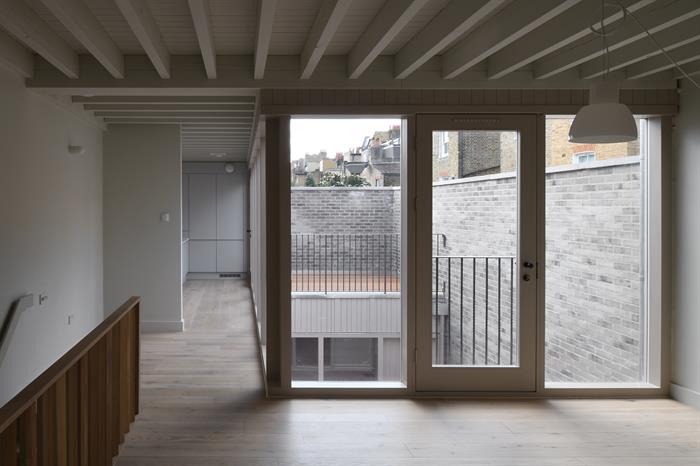
“Whilst I appreciate the redevelopment of the Lavender Hill Courtyard Housing and how it reflects upon the Victorian Industrial heritage of the site, I also agree that the John Morden Centre is the clear winner. The project tackles a critical rising issue of loneliness and isolation within housing for older people and highlights the value of community in old age. This project sets precedent for the standards of design within health and care centres.
I would also agree that it’s disappointing to see that five out of six shortlisted projects are located within London, and I think the project selection represents a narrow view of what the best architecture in the UK can look like.”
Rebecca Jenkins BSc (Hons) March, Project Designer, RRA Architects

“In my opinion the John Morden centre is the clear winner in its ambition to create a space to actively combat social isolation. It should be held as a benchmark for housing our older community, fostering a sense of much needed community and a strong connection to nature. So often these spaces are uncomfortable and isolated environments. But this is a very interconnected space, thoughtfully designed for practical use.
That said, the shortlist gives a very narrow perspective of new architecture in the UK. With the exception of one, the shortlist was entirely London based. In my opinion, watered down and lacking in true creativity.”
Steven Graves BA (Hons) Arch MArch, Senior Project Designer, RRA Architects
According to the RIBA the winner of the highly regarded Stirling Prize is “the architect of the building thought to be the most significant of the year for the evolution of architecture and the built environment.”
But does the RIBA really recognise the outstanding architectural talent across the UK?
